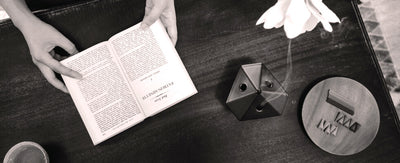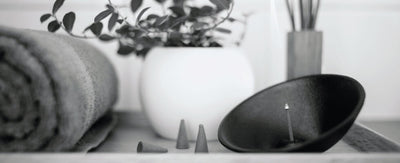OEDO-KOH - Aloeswood 60 sticks
Savor the deep, rich fragrance of aloeswood, prized by the people of old Edo as the most luxurious of fragrances.
Incense-smelling ceremonies were the practice of court nobles, feudal lords and other wealthy people. Among commoners as
well, while they may have lacked access to genuine fragrant woods, there was much fascination with them, and they are frequently featured in works of Kabuki and Joruri theater. The word kyara, meaning aloeswood, even became a general term for "something wonderful". Hair wax that evokes the scent of aloeswood was extremely popular as well. Experience the fragrance, and understand why it was the most highly prized of scents.
-------------------------------------------------------------------------------
- A perfumery, powdery fragrance
- No bamboo core for a clean burning, pure scent.
- Box includes 60 sticks and a tin incense stand
- Petite, cute package for great gift for every occasion.
- For refreshment, relaxation, reading, listening to music, yoga, bathing
-------------------------------------------------------------------------------
 |
Key Note: | Aloeswood (perfumery & powdery) |
 |
Burn Time: | Approx. 12 min. |
 |
W x H x D (inch): | 2 5/8 x 4 x 13/16 |
 |
W x H x D (mm): | 67 x 102 x 20 |







































